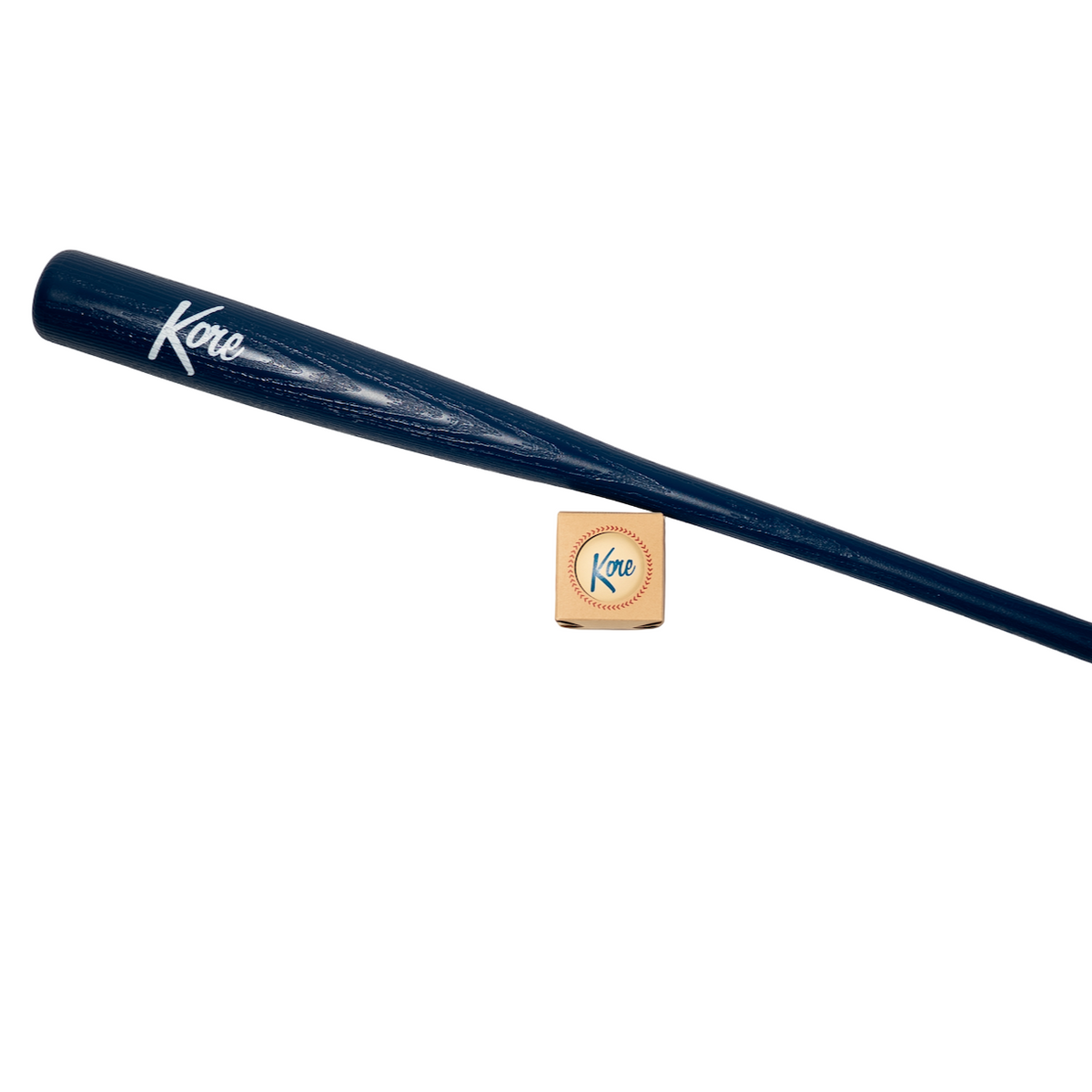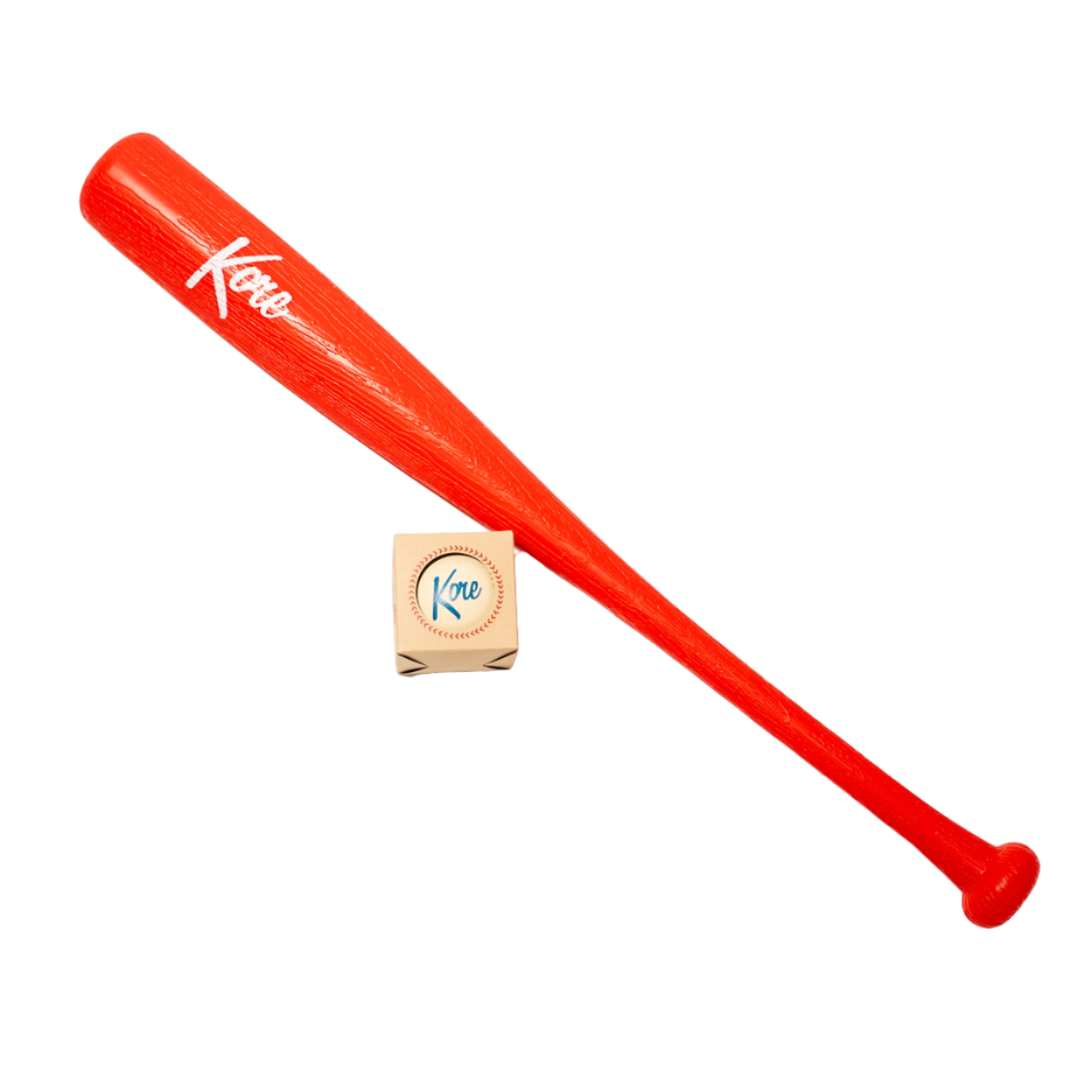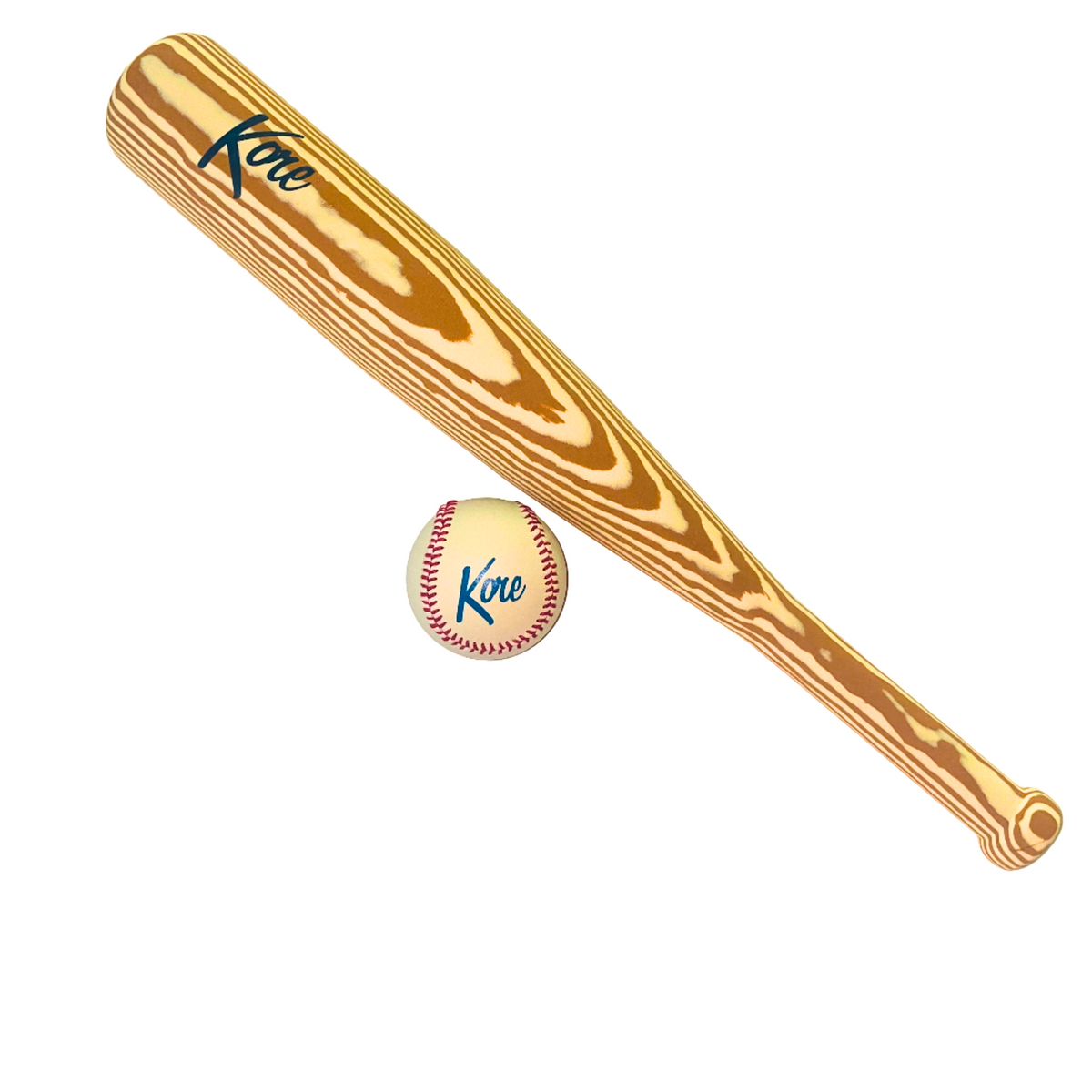History and Tradition of Chewing in Baseball
In the early days of baseball, chewing became a common practice among players. It is believed that the tradition started in the late 19th century, when players would plug their mouths with tobacco to keep them moist during long, hot games. This allowed them to maintain a better grip on the ball and avoid dry throats. Over time, chewing tobacco became deeply rooted in the culture of baseball, symbolizing toughness and a sense of camaraderie among players. Many iconic players, like Babe Ruth and Ty Cobb, were often seen with their cheeks bulging, perpetuating the association between chewing and the sport.
Psychological and Cognitive Benefits
Baseball players have various reasons for choosing to chew during games, beyond physical benefits. Chewing has been found to provide psychological and cognitive advantages. One major benefit is the enhancement of focus and concentration. The repetitive motion of chewing helps players stay actively engaged in the game, improving their ability to anticipate and react quickly to plays. Additionally, chewing can alleviate feelings of anxiety and stress, helping players stay calm under pressure. The act of chewing can become a routine and ritual for players, providing a sense of comfort and familiarity in the midst of a high-stakes game.
Physical Performance Influences
In addition to the psychological benefits, chewing in baseball also impacts players' physical performance. One notable benefit is the regulation of salivation and throat dryness. The action of chewing keeps the mouth moist, preventing the throat from becoming dry and uncomfortable, especially during extended periods of physical exertion on the field. By reducing dryness, players can maintain better vocal control, communication, and coordination with teammates.
Furthermore, chewing can help control heart rate and adrenaline levels. The act of continuously chewing stimulates the production of saliva, which activates the parasympathetic nervous system – responsible for the body's "rest and digest" response. This, in turn, helps regulate heart rate and promote a calmer, more controlled physical state during intense gameplay. By managing adrenaline levels, players can prevent themselves from becoming overly excited or anxious, improving their overall performance.
Hazards and Health Risks of Chewing Tobacco
While chewing is deeply intertwined with baseball culture, it is important to acknowledge the hazards and health risks associated with chewing tobacco. Chewing tobacco contains harmful substances such as nicotine, which is strongly addictive. Prolonged use can lead to various oral health issues including gum disease, tooth decay, and oral cancer.
Unfortunately, chewing tobacco addiction is prevalent among some baseball players, with accessibility and the notion of tradition contributing to its continued use. It is crucial for players to be aware of the health risks and consider healthier alternatives to protect their long-term well-being.
Alternatives to Traditional Chewing Tobacco
Thankfully, there are several alternatives to traditional chewing tobacco that baseball players can consider. One popular option is chewing gum specifically designed for athletes. These gums are usually sugar-free and contain ingredients like caffeine or mint to provide a burst of energy or a refreshing sensation during games. Moreover, some players have transitioned to nicotine-free alternatives that mimic the physical act of chewing tobacco without the harmful addictive substance.
By promoting these safer alternatives and raising awareness about their benefits, baseball players can make healthier choices while still enjoying the psychological and physical advantages associated with chewing.
Conclusion
Understanding the reasons behind why baseball players chew is important for appreciating the historical and cultural significance of the habit. Chewing in baseball offers both psychological and physical benefits, providing players with enhanced focus, concentration, and regulation of heart rate. However, it is crucial to acknowledge the hazards and health risks associated with traditional chewing tobacco and promote healthier alternatives to protect players' well-being in the long run.
By embracing these alternatives and educating players, teams, and organizations about the available options, we can ensure a healthier and safer environment within the sport. Let us transform the tradition of chewing in baseball to one that prioritizes both performance and well-being.






